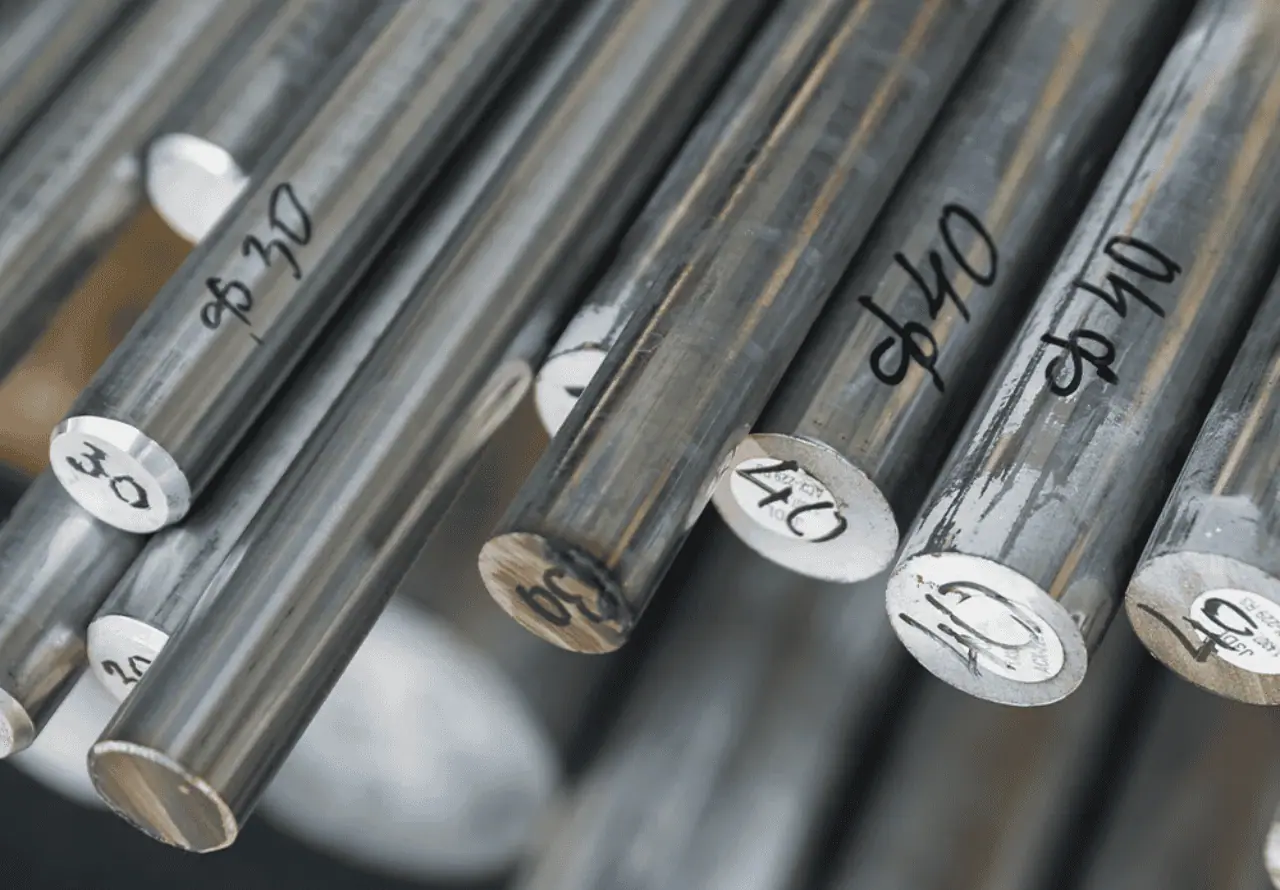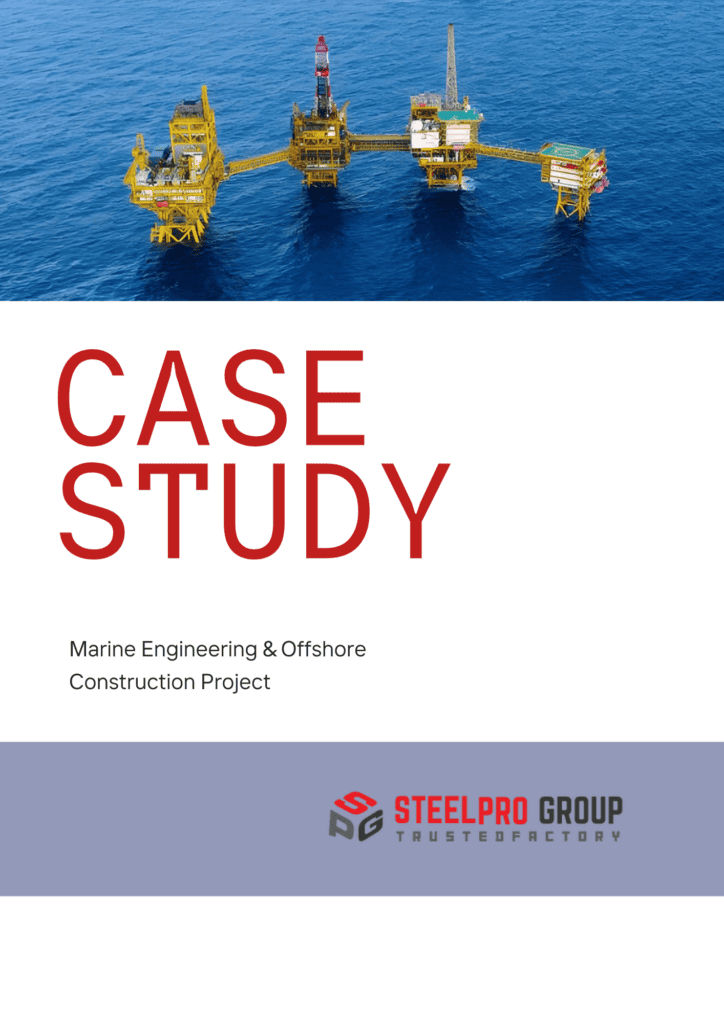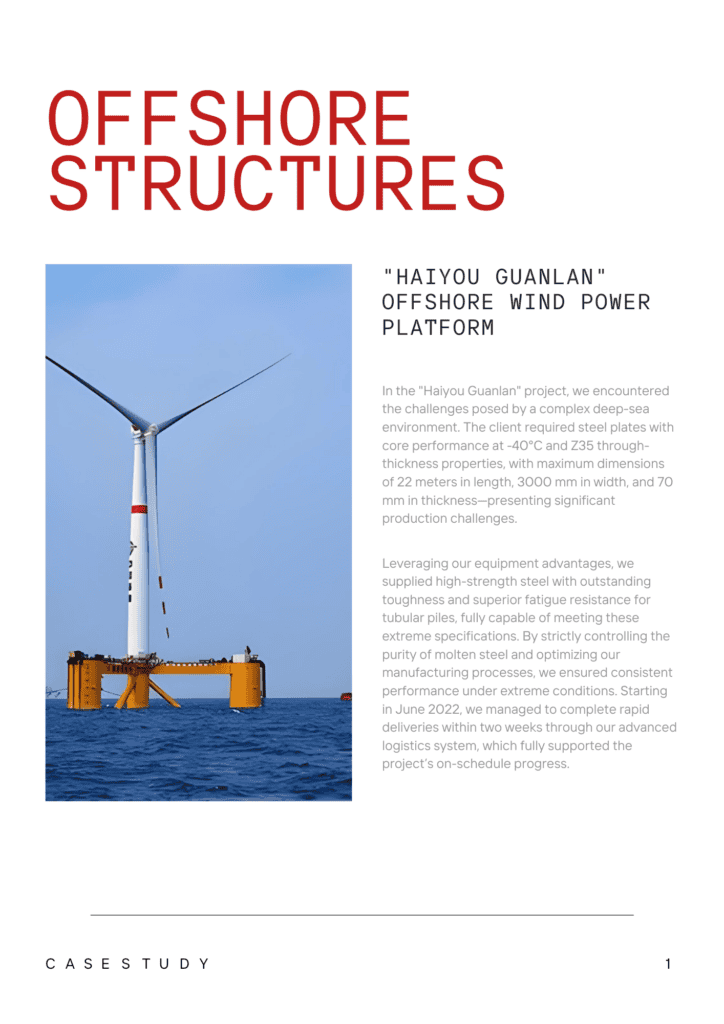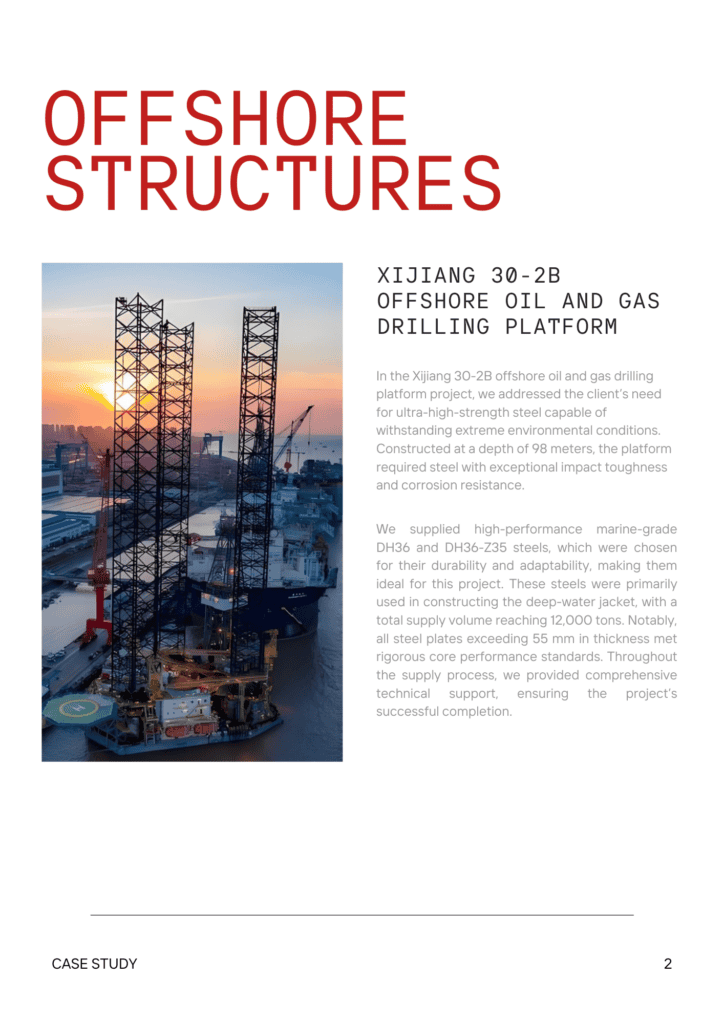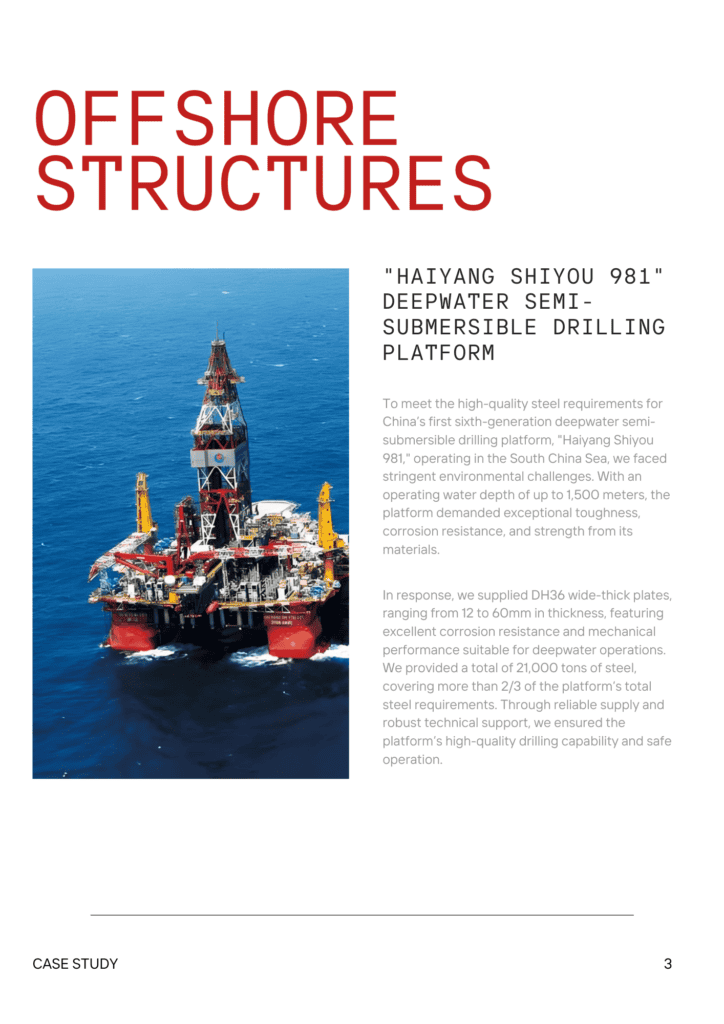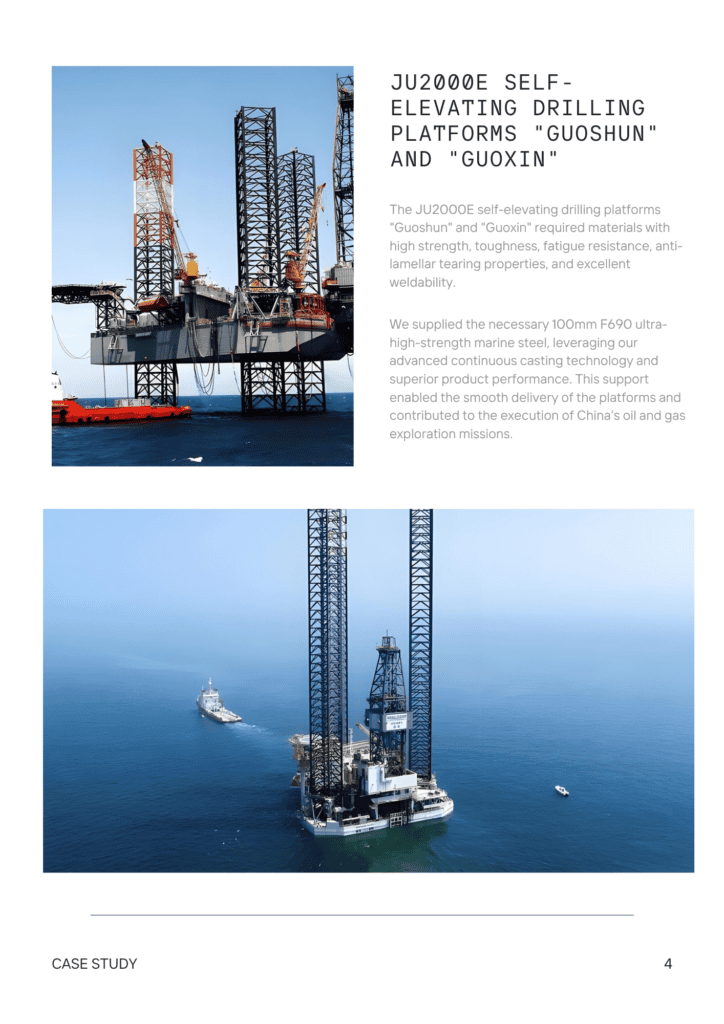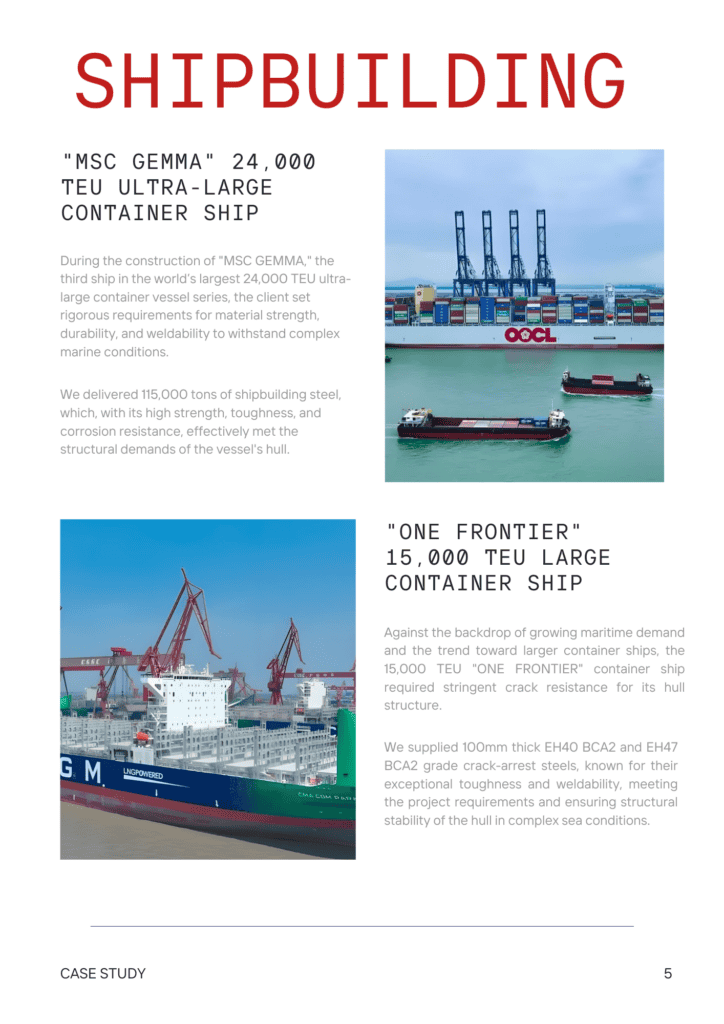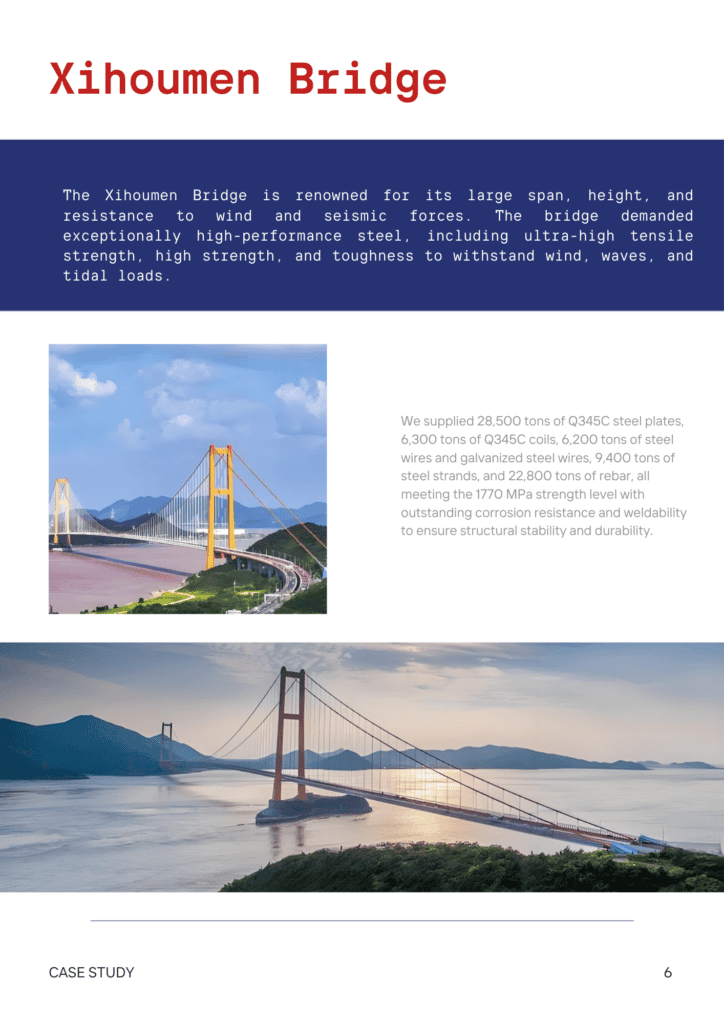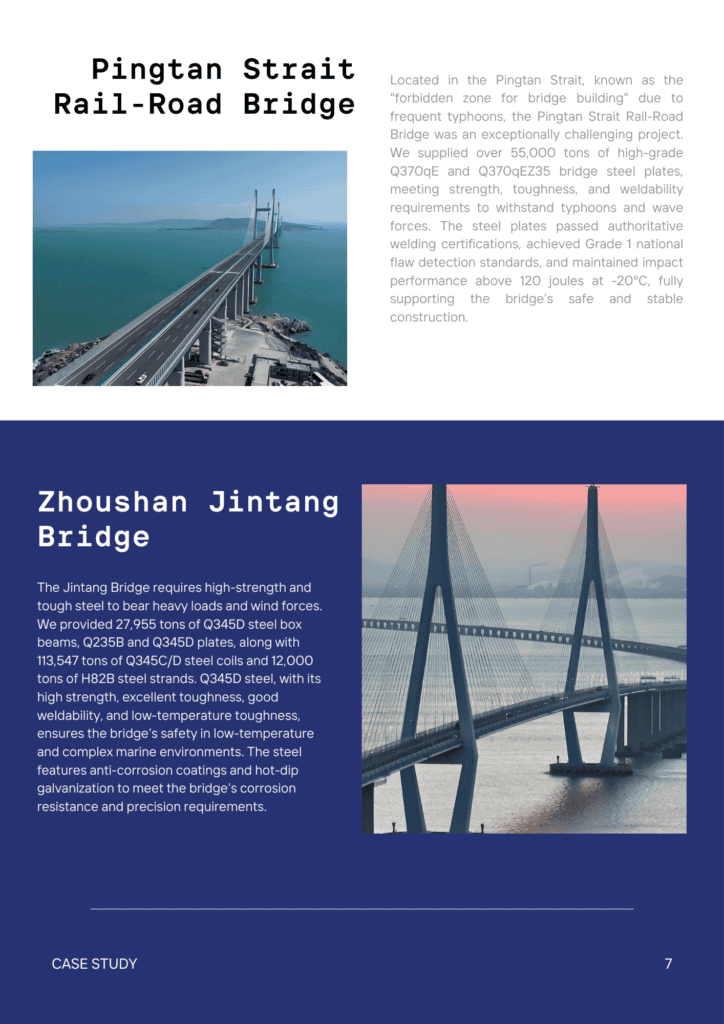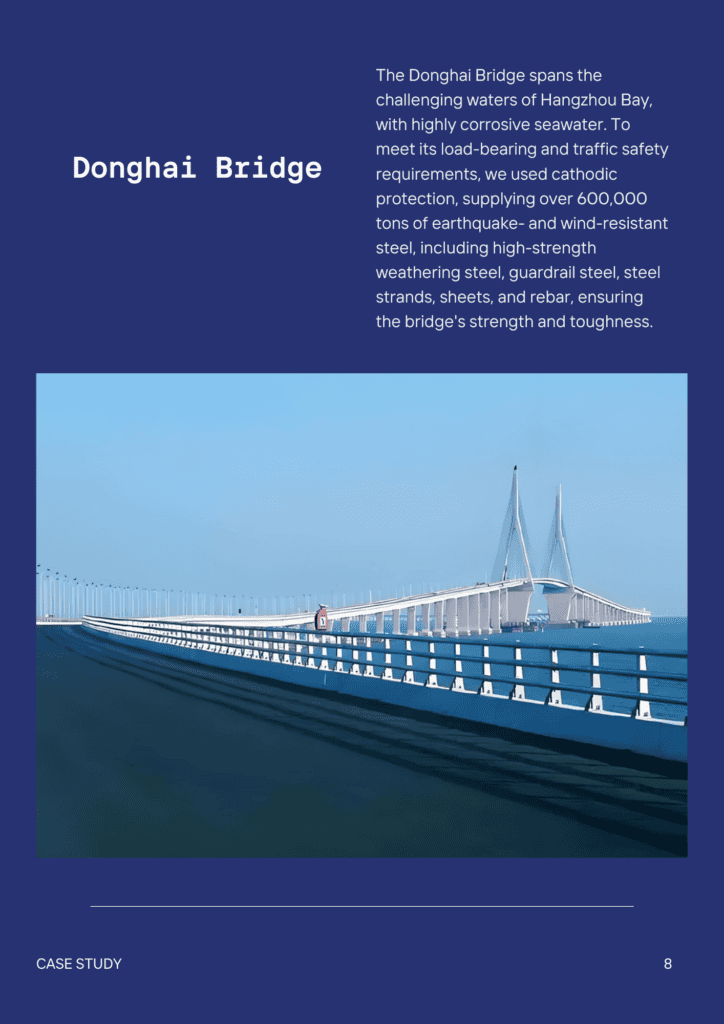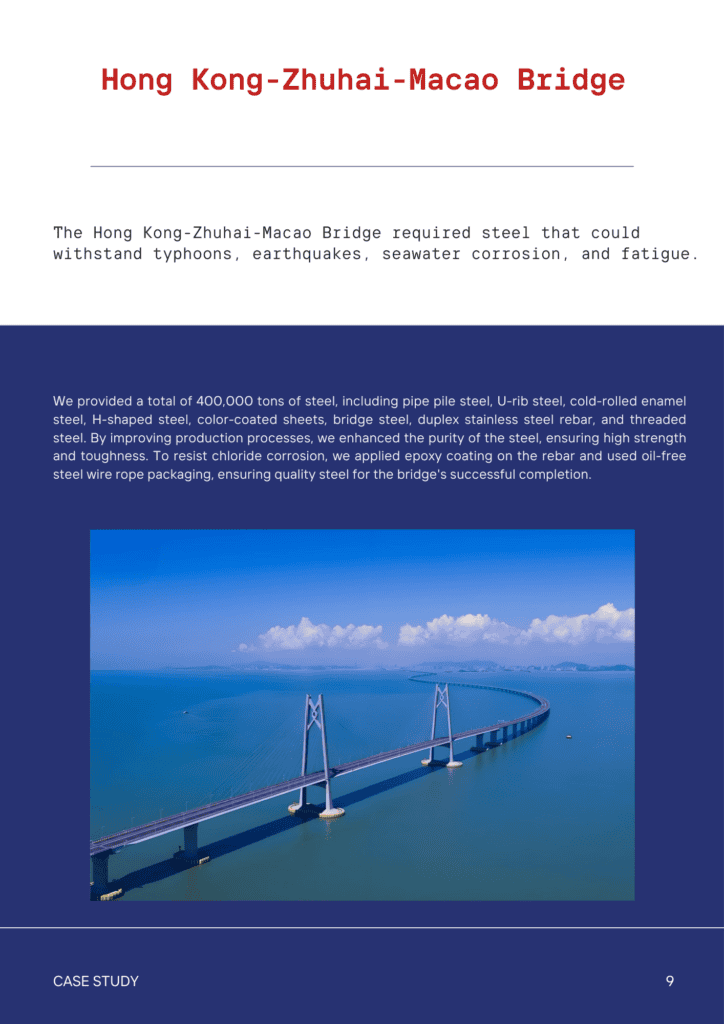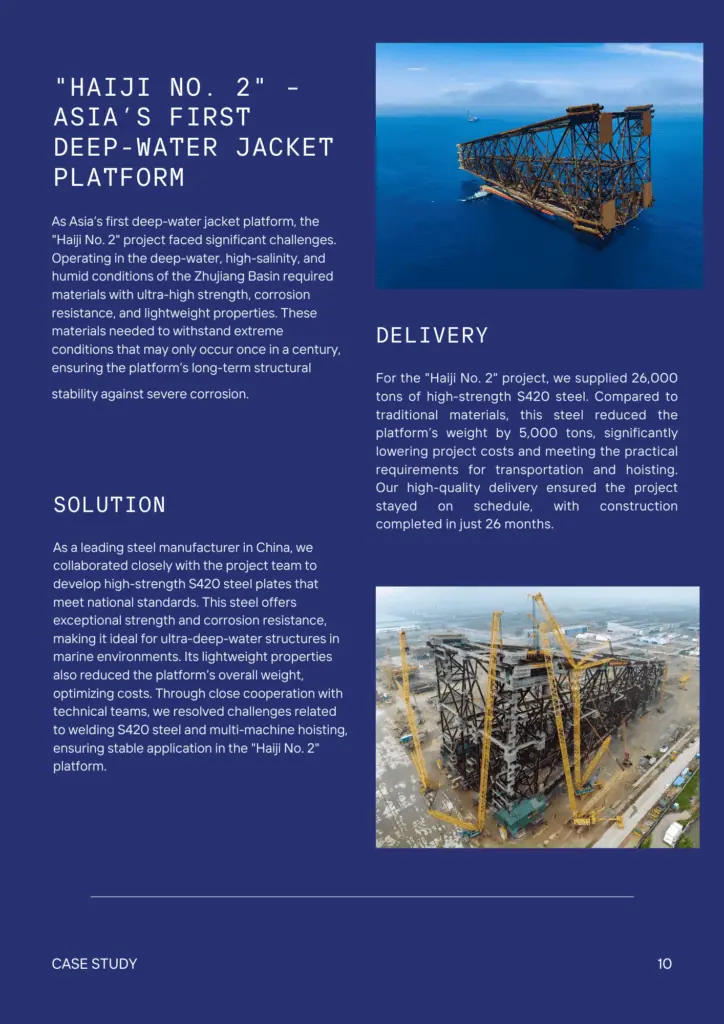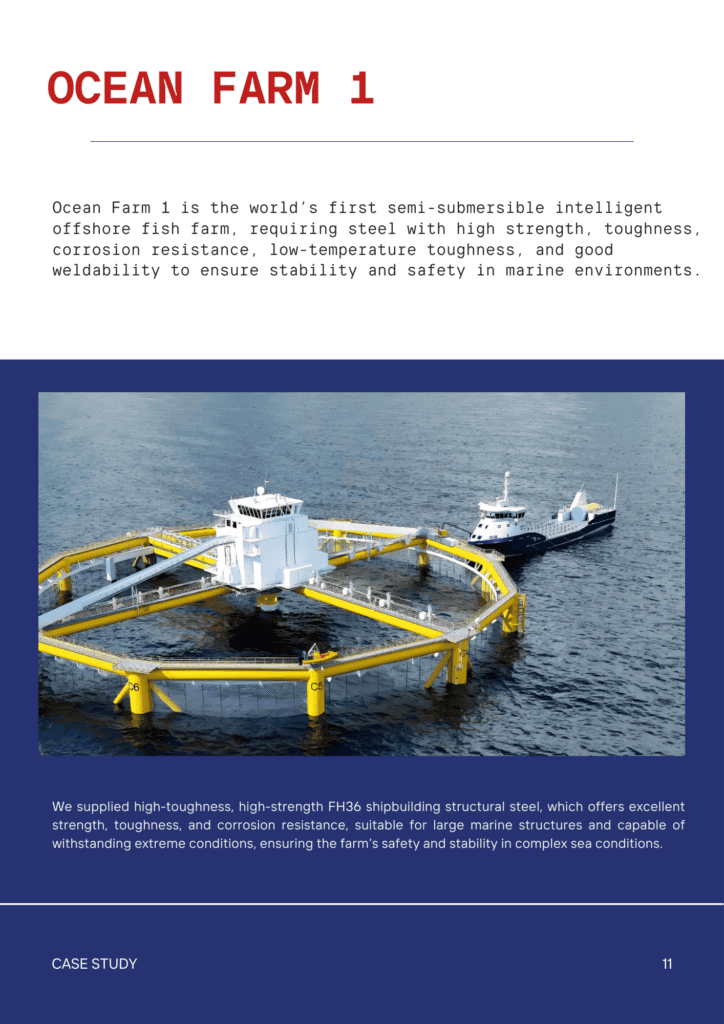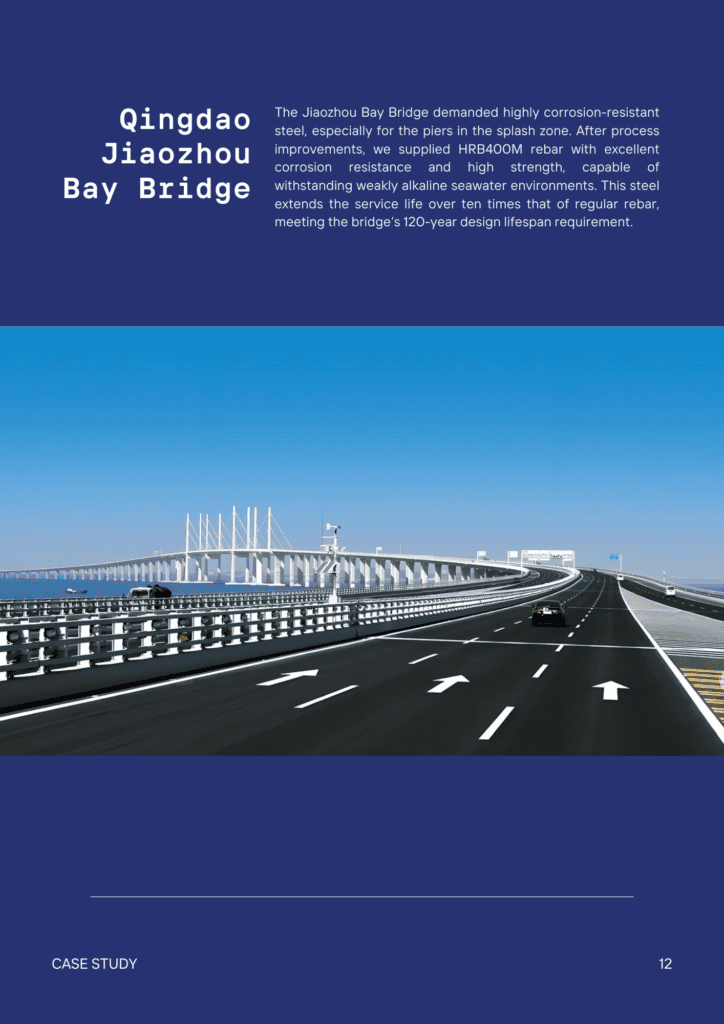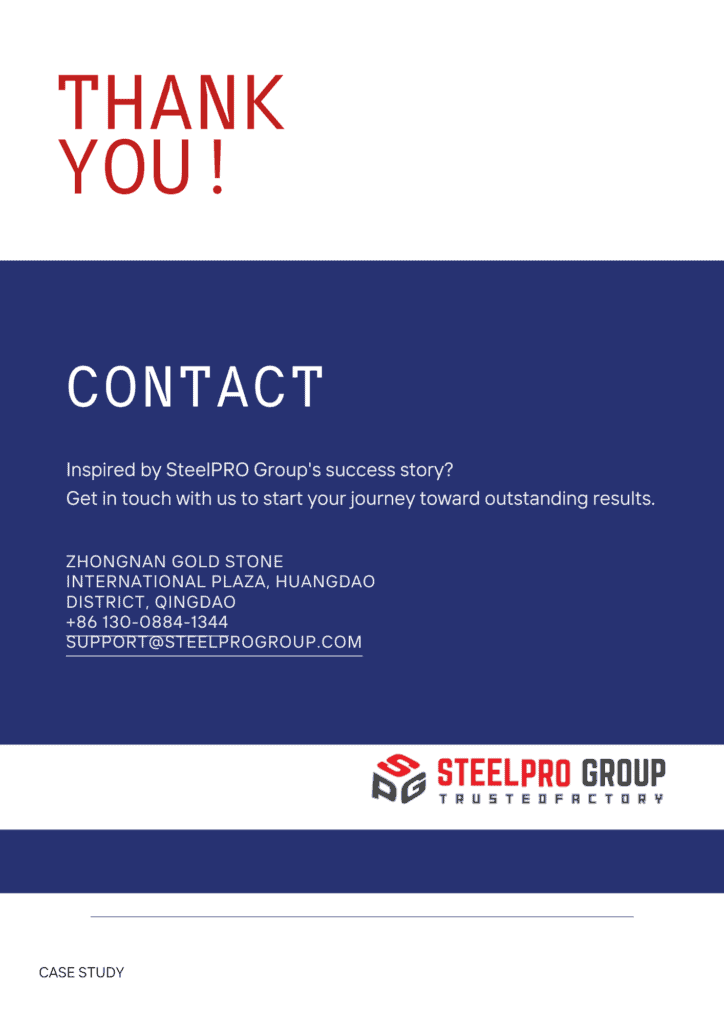304L | UNS S30403 | 1.4307 | Low Carbon Stainless Steel
304L | UNS S30403 | 1.4307 | Low Carbon Stainless Steel
304L is a low-carbon variation of 304 stainless steel. It adheres to ASTM A240, A276, and A312 standards. The “L” in 304L stands for “low carbon,” which improves its resistance to corrosion after welding. It is equivalent to EN 1.4306 or 1.4307. 304L features excellent corrosion resistance, good weldability, and high durability. It is widely used in chemical processing, heat exchangers, and food industry equipment. Its low carbon content minimizes the risk of carbide precipitation during welding.
Description
What Is 304L?
304L is a type of stainless steel composed of iron with 18% chromium and 8% nickel. It is a solid, corrosion-resistant material, often appearing with a silver metallic finish. 304L is known for its excellent weldability and resistance to oxidation and corrosion, especially in acidic environments. It is primarily used in industries such as chemical processing, food production, and heat exchangers. This steel is typically processed through methods like hot rolling and cold rolling, and it falls under the category of austenitic stainless steel.Characteristics of 304L
304L steel is highly resistant to corrosion, especially in environments with moisture and chemicals. It has excellent weldability, making it ideal for welding applications without the risk of carbide precipitation. The steel retains strength at high temperatures and offers good formability, allowing for easy shaping and bending. It is also durable and has a long lifespan in various conditions. Alternatives like 316L, 321, or 310 stainless steel may be more suitable for projects requiring higher strength or better heat resistance. 304L is commonly used in chemical processing, food equipment, heat exchangers, and piping systems.Chemical Compositions
| Element | Content (%) |
|---|---|
| Carbon, C | ≤ 0.03 |
| Chromium, Cr | 18.0 – 20.0 |
| Nickel, Ni | 8.0 – 12.0 |
| Manganese, Mn | ≤ 2.00 |
| Silicon, Si | ≤ 0.75 |
| Phosphorus, P | ≤ 0.045 |
| Sulfur, S | ≤ 0.03 |
| Nitrogen, N | ≤ 0.10 |
| Iron, Fe | Balance |
Physical Properties
| Property | Metric | Imperial |
|---|---|---|
| Density | 8 g/cc | 0.289 lb/in³ |
| Melting Point | 1400 – 1450 °C | 2550 – 2640 °F |
| Thermal Conductivity | 16.2 W/m-K | 112.1 BTU-in/hr-ft²-°F |
| Specific Heat Capacity | 0.5 J/g-°C | 0.12 BTU/lb-°F |
| Thermal Expansion Coefficient | 17.2 μm/m-°C | 9.56 μin/in-°F |
| Electrical Conductivity | 2.4% IACS | 2.4% IACS |
| Electrical Resistivity | 72 μΩ·cm | 72 μΩ·cm |
Mechanical Properties
| Property | Metric | Imperial |
|---|---|---|
| Tensile Strength (0% cold-worked) | 564 MPa | 81.8 ksi |
| Yield Strength (0% cold-worked) | 210 MPa | 30.5 ksi |
| Brinell Hardness (HB) | – | – |
| Rockwell Hardness (HRB) | 82 | 82 |
| Vickers Hardness (HV) | 159 | 159 |
| Elongation at Break (In 50mm/2”) | 58 % | 58 % |
| Young’s Modulus | 193 – 200 GPa | 28.0 – 29.0 Msi |
Industries & Applications
| Industry | Application |
|---|---|
| Chemical Processing | Heat exchangers, tanks, piping, valves |
| Food & Beverage | Processing equipment, storage tanks, kitchen appliances, sinks |
| Pharmaceutical | Sterilizers, tanks, reactors, piping |
| Oil & Gas | Pipelines, offshore platforms, valves, fittings |
| Marine | Ship components, fittings, propellers, desalination plants |
| Automotive | Exhaust systems, trim, mufflers, fuel lines |
| Power Generation | Turbines, boiler components, heat exchangers, pressure vessels |
| Aerospace | Engine components, exhaust systems, landing gear, fasteners |
Machining
Heat Treatment
- 304L cannot be hardened by heat treatment and is strengthened through cold working.
- Annealing: Heat to 1010-1120°C (1850-2050°F), then water quench to restore ductility and reduce stress.
- Stress Relief: Heat to 400-750°C (752-1382°F) for 1-2 hours, then air cool to relieve minor stresses.
- Solution Treatment: Heat to 1065-1120°C (1950-2050°F), then rapidly cool to improve corrosion resistance.
Surface Finish
- Pickling: Removes oxide scale and impurities for improved corrosion resistance.
- Passivation: Strengthens the oxide layer to enhance corrosion resistance.
- Polishing: Provides a smooth, reflective surface for decorative or hygienic use.
- Bead Blasting: Creates a matte finish for aesthetics and surface uniformity.
- Electropolishing: Produces a high-gloss finish with enhanced corrosion resistance.
- Brushing: Yields a satin finish, often used in architectural designs.
*Customization is available upon request.
Disclaimer
The provided heat treatment and surface treatment processes are general guidelines. Actual conditions may vary depending on specific applications and requirements. It is recommended to consult with a professional metallurgist or material scientist to tailor the processes to your particular needs. The information herein is not a substitute for professional advice and should not be relied upon as such.
Our Service
SteelPRO Group – manufacturer and solution provider for special steel, offering multi-industry application solutions and customised services, 100% quality free, accompanying customers in their growth!
Our Quality Control
- Roundness
- Tolerance
- Microstructure
- Non-Destructive Testing
- Destructive Testing
- Process Control
Service Integration Processing
- Welding
- Metal Fabrication
- CNC Machining
- Lathe
- Forming
QUESTION 1
QUESTION 2
QUESTION 3
QUESTION 4
QUESTION 4
CONTACT
CONTACT
Certifications







Other Products
-
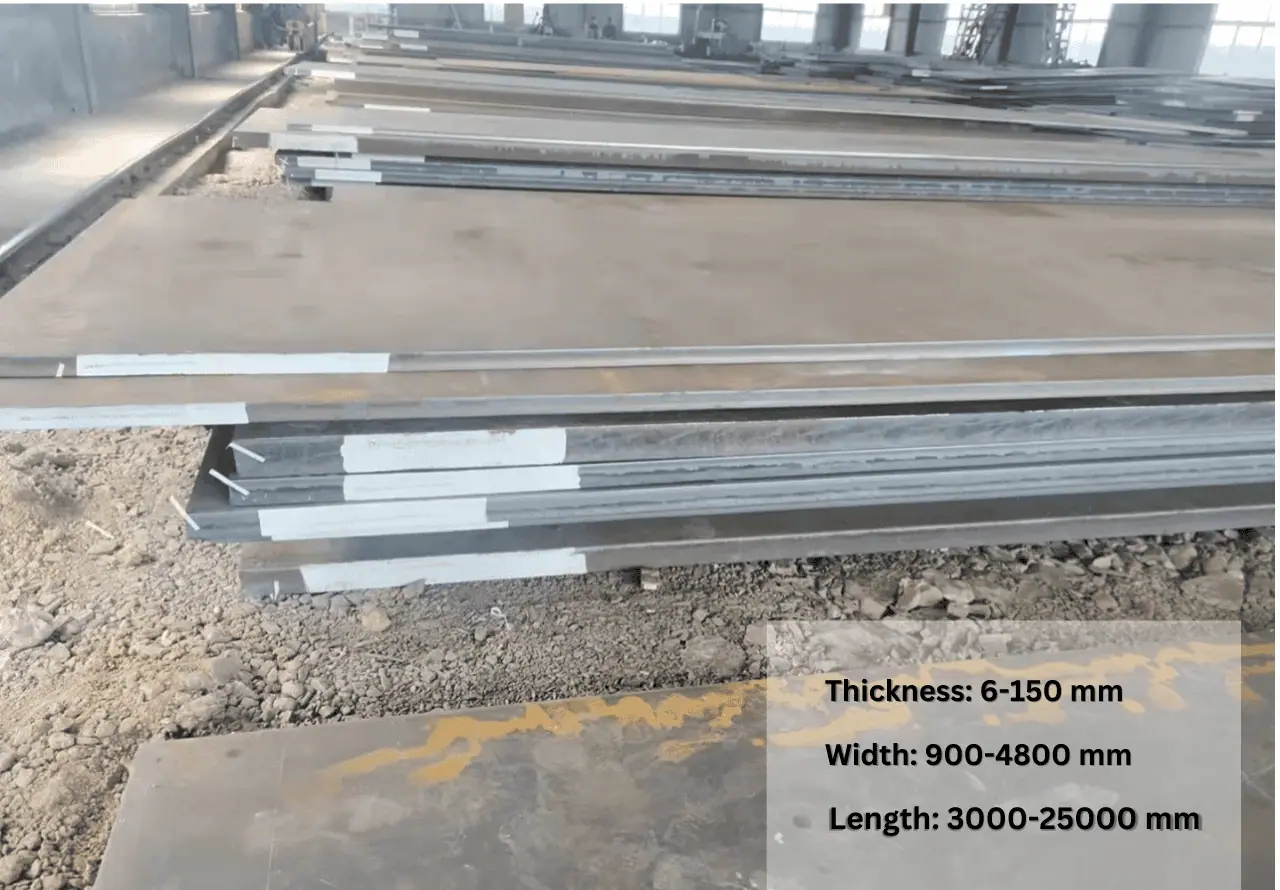
-
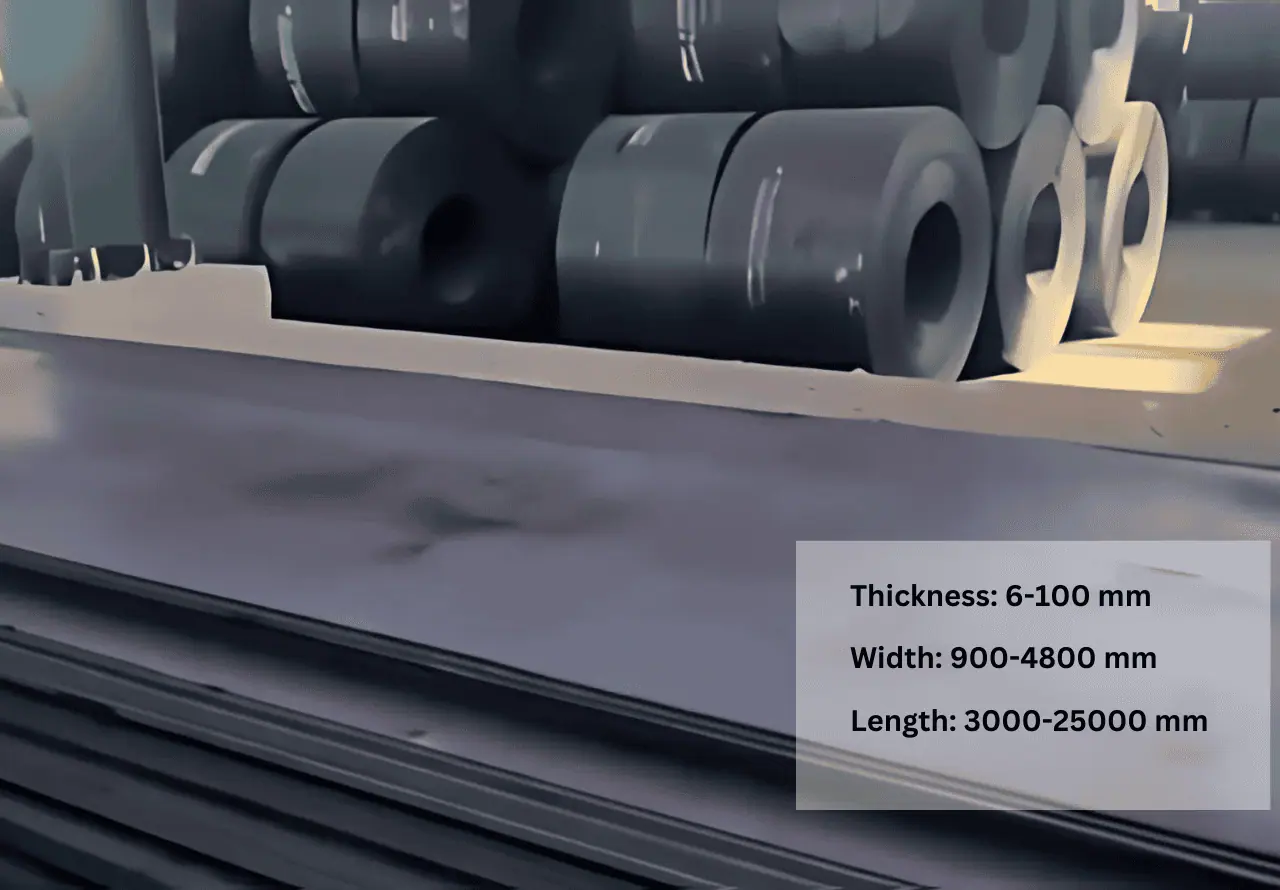
SteelPRO Group offers FH550 high-strength structural steel plates for shipbuilding....
-
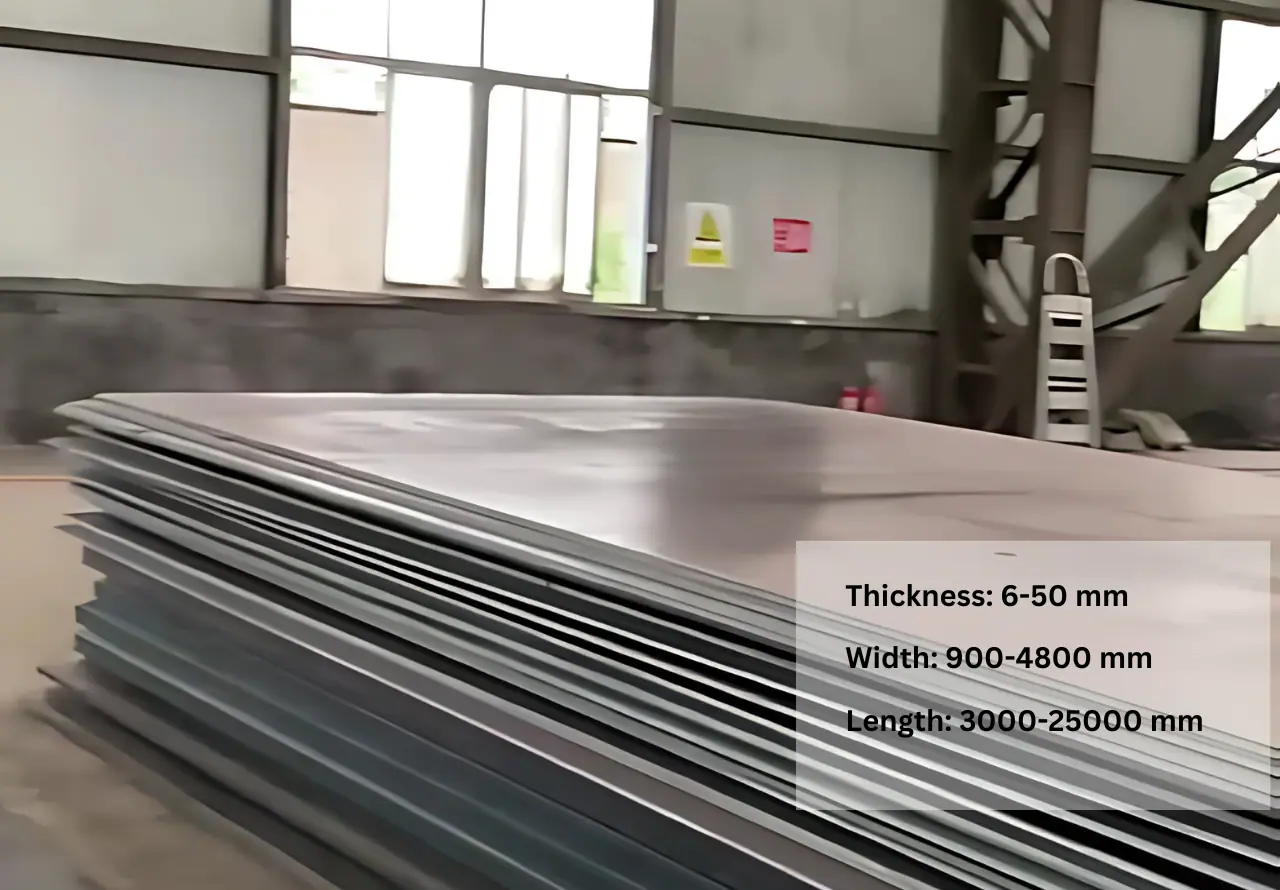
SteelPRO Group offers DH550 high-strength shipbuilding steel plates in stock....
-
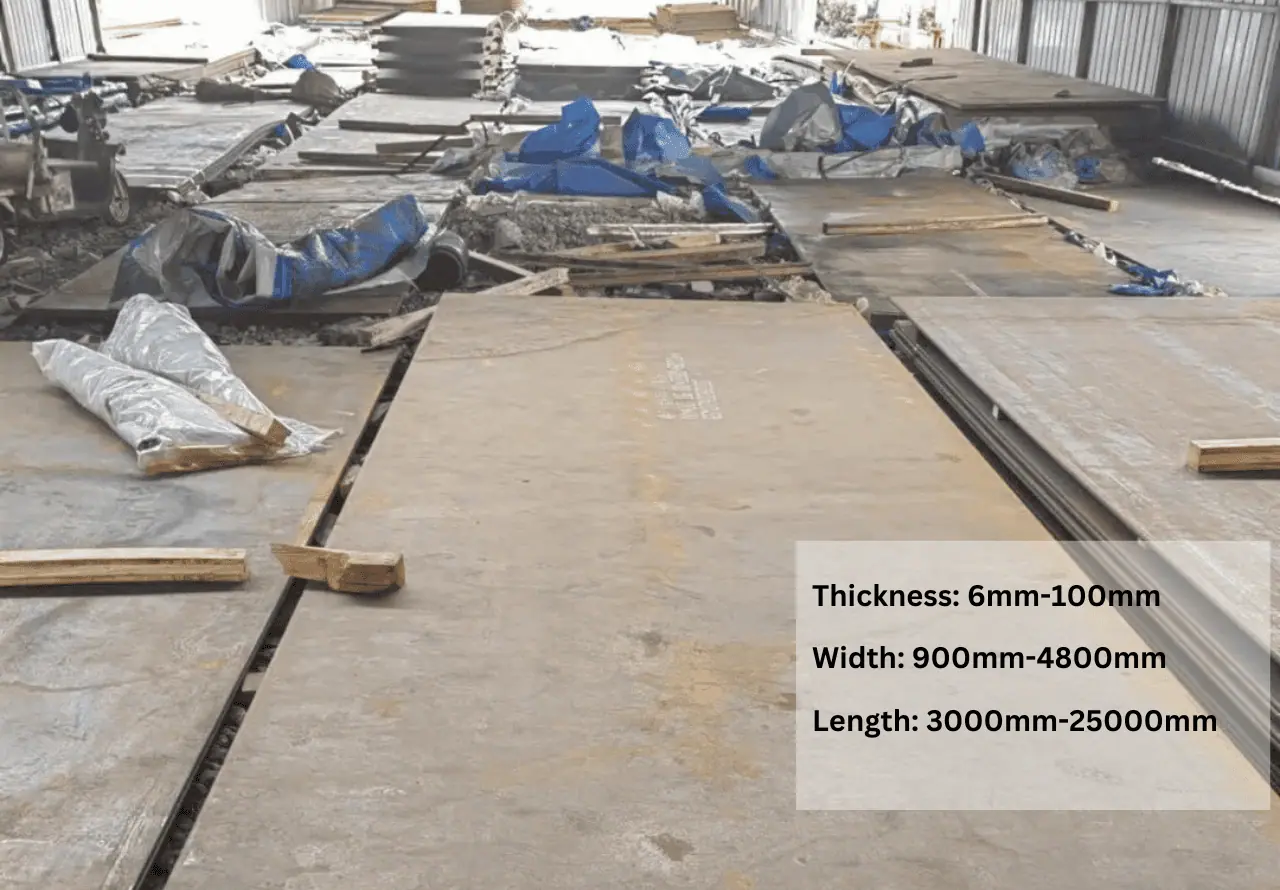
SteelPro Group offers FH36 high-strength steel for shipbuilding. It has...


